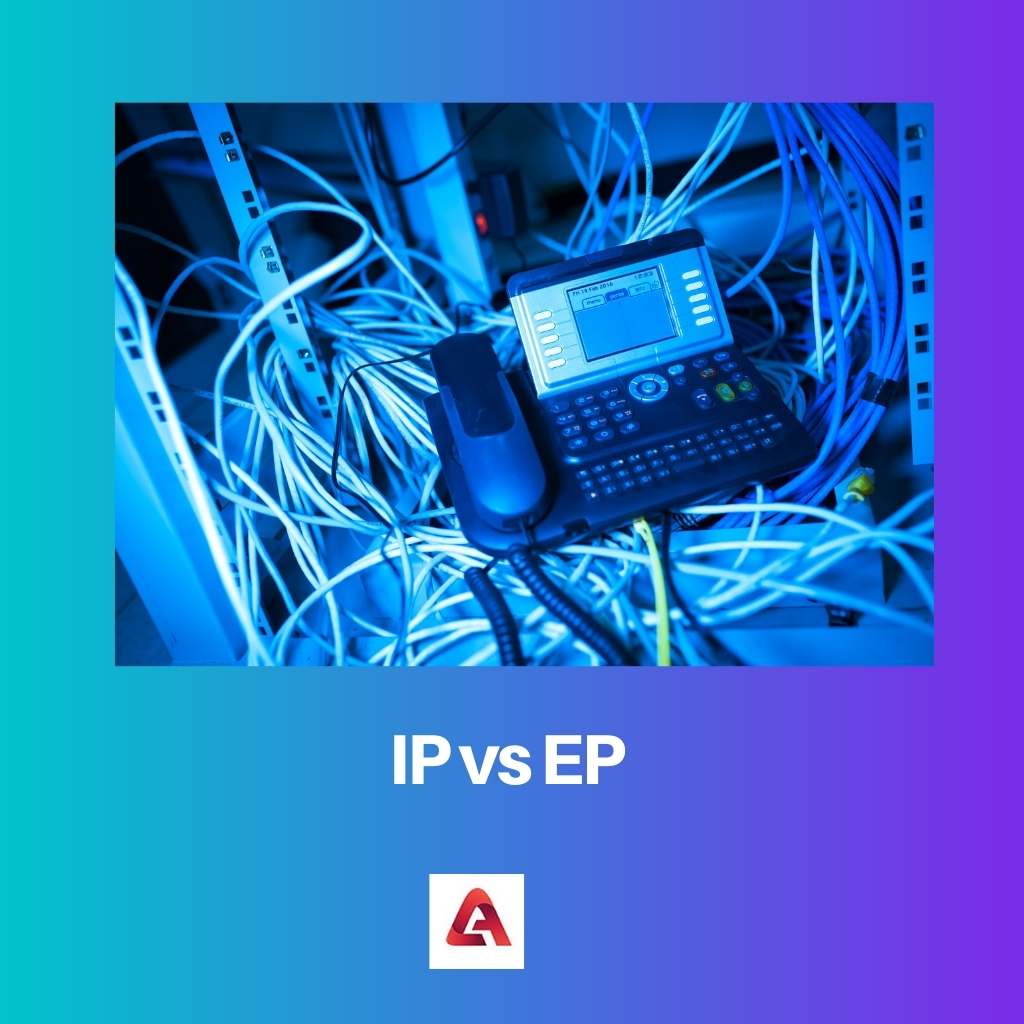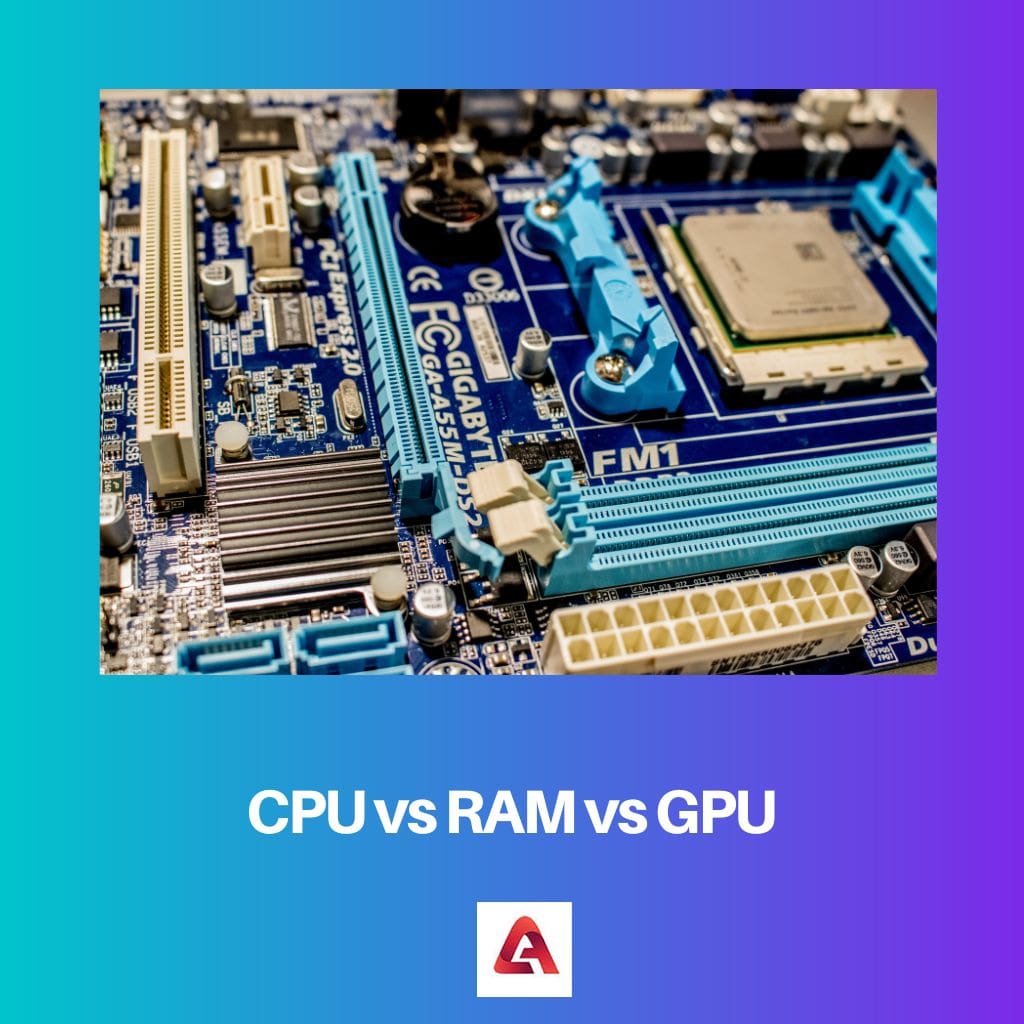Both IP and EP are ubiquitous that have withstood the test of time. Both are quite different from each other. It is used for naming a large class. In IP, ‘I’ denotes the current, whereas in EP, ‘E’ denotes the voltage while ‘P’ denotes pressure which is the same for both of these terms.
Key Takeaways
- IP stands for Indian Pharmacopoeia, while EP represents European Pharmacopoeia.
- IP sets pharmaceutical standards for India, while EP establishes guidelines for Europe.
- IP and EP aim to ensure medicines’ quality, safety, and efficacy within their respective regions.
IP vs EP
The difference between IP and EP is that IP mainly deals with voltage, whereas EP deals with current. Electro-pneumatic positioners are primarily used in conjunction with rotary air actuators and are also used in throttling applications in which their function is to control valves precisely. These valve positioners help convert 4-20mA input control signal into pneumatic output. The IP converter mainly receives a signal of 4-20mA and helps convert it into a pneumatic output.

The working principle of I/P converters is similar to that of proportional valves in that they combine and control the received flow. More components are needed to convert electric current to air current, which they supply themselves. Doing so increases the machine efficiency and controllability of I/P converters.
The EP valve positioner receives a signal controller input of 4~20mA current and converts it into air pressure for precise control. This product has straight action as well as back action, which is considered convenient. It consumes less air. Along with this, zero adjustment, and span adjustment also operate smoothly. It comes in its features.
Comparison Table
| Parameters of comparison | IP | EP |
|---|---|---|
| Definition | IP is a type of electronic device. | EP is a voltage converter. |
| Function | They mainly perform to convert voltage signals into pressure signals. | They perform to convert pressure signals to voltage signals. |
| Features | IP applies pneumatic pressure to valves, dampers, actuators, or brakes and clutches in industrial systems to convert the electrical signals it receives. | EP has straight action as well as back action, which is considered convenient. It consumes less air. Along with this, zero adjust and span adjust also operate smoothly. |
| Nomenclature | In IP, ‘I’ denotes the current whereas P is for pressure. | In EP, ‘E’ denotes the voltage while ‘P’ denotes the pressure. |
| Uses | They are mainly used in valve actuation and control gas pressure. | They are mainly used in control valves. |
What is IP?
An I/P is a transducer used for industrial control systems. It is only a device that has a small modulus. It is used for other experiments. It converts the current analog signal into pneumatic output. That is, it receives electrical signals from DC and converts those signals into proportional pneumatic pressure. This transducer converts these received signals with the help of other resources that apply pneumatic pressure, such as valves, dampers, actuators, brakes and clutches, etc.
The working principle of I/P converters is similar to that of proportional valves in that they combine and control the received flow. More components are needed to convert electric current to air current, which they supply themselves. Doing so increases the machine efficiency and controllability of I/P converters.
The working of these converters is also considered similar to the principle of electromagnetic force. In other words, to force an electric current and convert it into pressure. The magnetic effect is only used to generate a current which forces it to mechanical action. This process helps in converting electric current into airflow.
As I/P converters perform their function, they control the received current to provide proportional current flow. They are also used in a system called Web Tension Control, in which they act as an important interface between the IP controller, the pneumatic brake, and the clutch.
What is EP?
Electro-pneumatic positioners are primarily used for rotary air actuators. In addition, it is used with throttling applications and for precise control of valves. These valve positioners are mainly used to convert the input control signal of 4-20mA into the output form of proportional pneumatic. The output obtained from this is used in conjunction with the air actuator, which helps in controlling the valve completely, and controls its flow and its position.
Air-actuated valves with these positioners have been in use for a long time, which is a difficult and harsh application. Valworx positioners are valves that provide fast and precise control, which is why they are widely used. These positioners are standard VDI/VDE-3845 Namur style top shaft mounting providing precise control and direct mount rotary type air actuators. It also comes with Universal Namur Mounting Bracket Kit, which comes with almost all positioners. Also, Valverx double-acting or spring return air-actuated valves are used by most of the suitable brands.
The EP valve positioner receives a signal controller input of 4~20mA current and converts it into air pressure for precise control. This product has straight action as well as back action, which is considered convenient. It consumes less air. Along with this, zero adjustments and span adjustments also operate smoothly. It comes in its features.
Main Differences Between IP and EP
- IP is an electronic device, while EP is a voltage converter.
- In IP, ‘I’ denotes the current, whereas in EP, ‘E’ denotes the voltage while ‘P’ denotes pressure which is the same for both of these terms.
- IP is a kind of small modulus device used to convert current analog signal (I) into pneumatic output (P), whereas the EP valve positioner receives a signal controller input of 4~20mA current and converts it into air pressure for precise control.
- There is no backaction in the IP type of device, while EP has straight action as well as back action, which is considered convenient.
- In IP, magnetic flux is used to generate current, whereas in EP, magnetic flux is not used.







